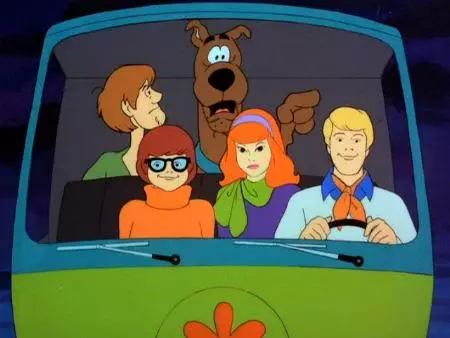Some research I’ve done suggests that a small idling engine should consume about 0.2 - 0.3 gal/h, which is about 0.8 - 1.1 L/h. However, the following calculations I’ve done are off by a mile.
At idle, engines typically operate in a rich-running condition, which implies a best-case air-fuel ratio of roughly 14.7:1 (i.e. 1 Lfuel / 14.7 Lair).
According to this article, engines typically have a volumetric efficiency of 15% at idle. This means the volume of fresh air drawn into each cylinder is about 15% of the cylinder’s volume.
A 4-stroke engine sucks air into all cylinders in two revolutions.
Using this information, I’ve calculated the idle fuel consumption for a 1.1L engine at 800 RPM as follows:
rate = (800 rev / min) * (15% * 1.1 Lair / 2 rev) * (1 Lfuel / 14.7 Lair)
This comes out to roughly 4.5 Lfuel / min, or 269 Lfuel / h. What gives?
There are a lot of variables your missing. One thing, afr doesn’t refer to liquid fuel.
That’s said, you need to know things like (not a totally inclusive list, just first things that come to mind).
Pulse width of injectors Are injectors batch fire or sequential (assuming fuel injected) Speed density or hot wire flow meter What’s the max output of the pump and injectors Battery voltage Sea level or altitude Ambient temp and humidity Displacement of engine Is the engine new and fresh or old and worn out? Fuel type and rating. Pump has? Methanol? Leaded? n2o?
To give you a little reference, when we build smaller displacement engines for more power, we frequently use a 340lph pump. In a perfect world that means that pump can move 340 liters per hour. So in a perfect world at max duty cycle that pump (which is bigger than most factory pumps) can move absolutely maximum of 5.666666 liters per minute. There’s no way at 800rpm any engines are moving 4.5L like you’re figuring. But, pumps never run at max (maybe as a lift pump, maybe). Then you have to factor in restriction and what’s the output of the injector. It gets even more complex when you factor in fuel type and the rest of the questions I had above.
Basically you need a LOT more info to accurately calculate consumption.
None of this matters because we already know the AFR, which tells us how much fuel is being injected. The ECU uses the O2 sensors and VE map to ensure the measured AFR matches the commanded AFR
One thing, afr doesn’t refer to liquid fuel
You’re right, it refers to air and fuel mass regardless of state of matter. Here’s the corrected expression using the vapor density of air at 18 °C and the liquid density of petrol:
15% * 1.1 Lair * 1.212 gair/Lair * (1 gfuel / 14.7 gair) / 800 gfuel/Lfuel * (900/2)/min * 60 min/h
This roughly equals 0.46 Lfuel/h, which is close. I think the difference can be attributed to the volumetric efficiency estimation’s accuracy
@AttackBunny@lemmy.world a downvote with no reply is not useful feedback
My first thought is the air/fuel ratio is for fuel vapor n air, not liquid fuel, so you have to compensate for the difference in gas/vapor volume at operating temperature and pressure vs. liquid volume. In other words, 1 L of liquid, when evaporated, would yield more than 1 L vapor at standard pressure.
Oh, right, the ratio of 14.7:1 compares air and fuel’s masses, not their liquid volumes. That makes things a whole lot more complicated
Anecdotal evidence, I had a 2008 Mazda 2.3l and a device that plugged into the diagnostic port called a Dashhawk. It would measure engine load, and it said the load at idle was 20%, which surprised me.
It’s 30% for me (50% with the AC on)
I think your 15% is way off.
Look at it another way. Your 1.1L engine makes what… 90-100hp? Let’s just say 100 for easy math, that means it takes 15hp just to get it to idle? No way.
The idle power percentage will likely be a function of the number of cylinders and displacement, and will be different for every engine. But I would guess probably on the order of 2hp for your engine. That’s 2%, which if your engine makes 80hp, is 2.5%.
If you rerun everything at 2-2.5% the number drops to 35L/h
I would also guess that your engine should be running much leaner at idle.
Sorry but that’s still way off.
I’m confused. How can you compare peak horsepower with volumetric efficiency?
My engine makes 68 HP and runs at 14.7:1 at idle according to the ECU

